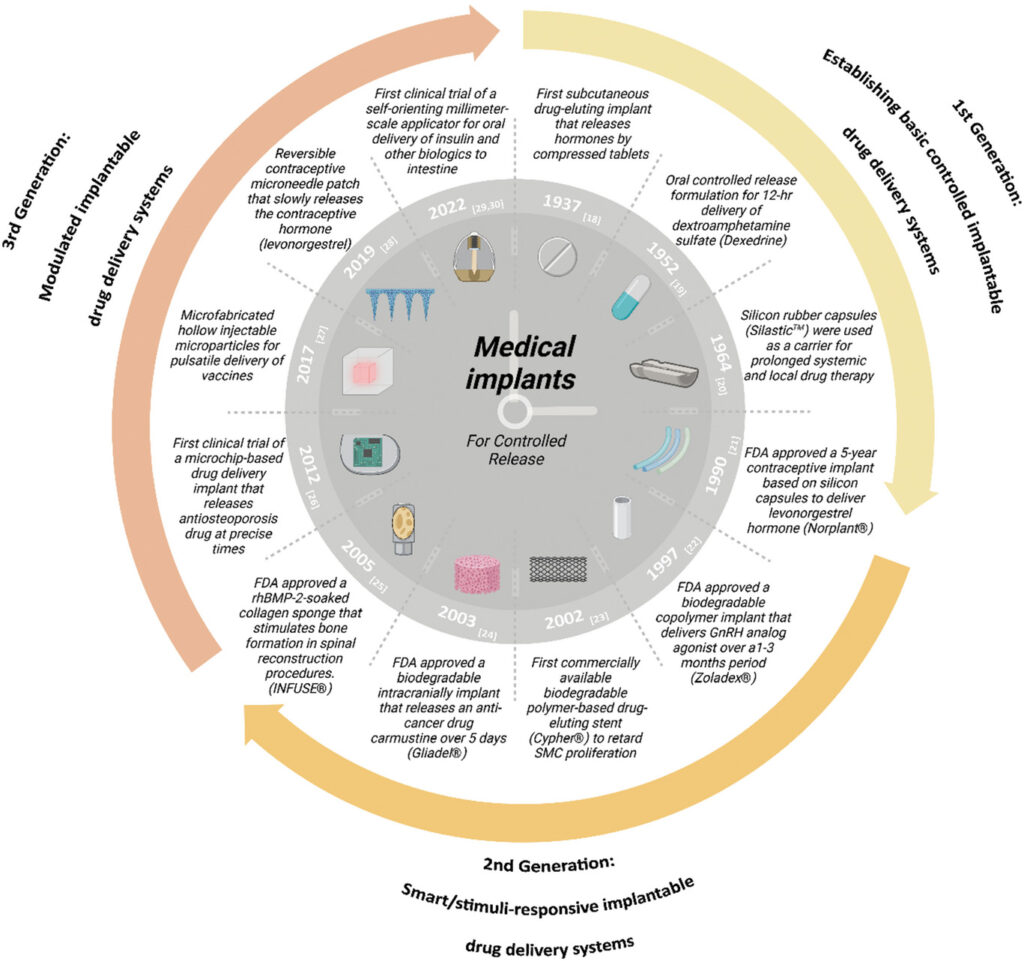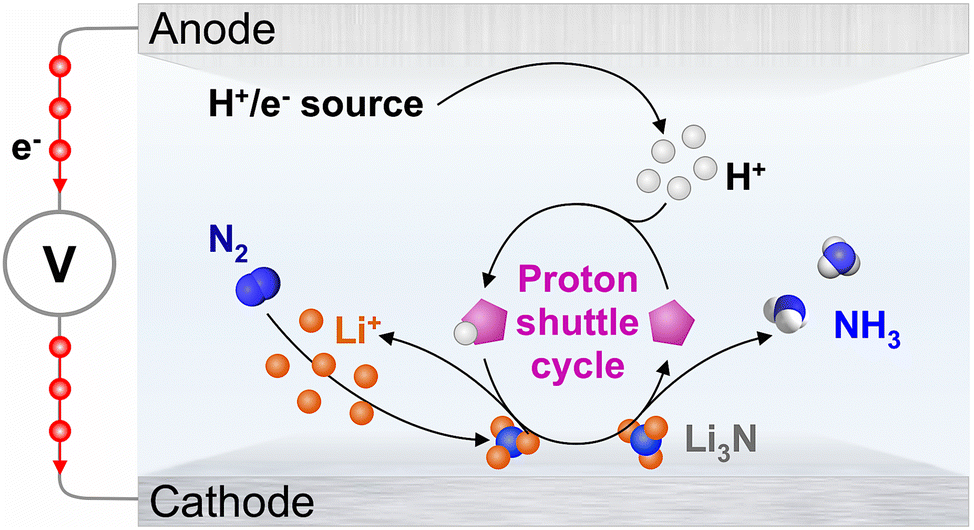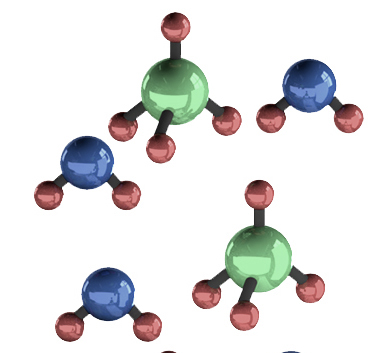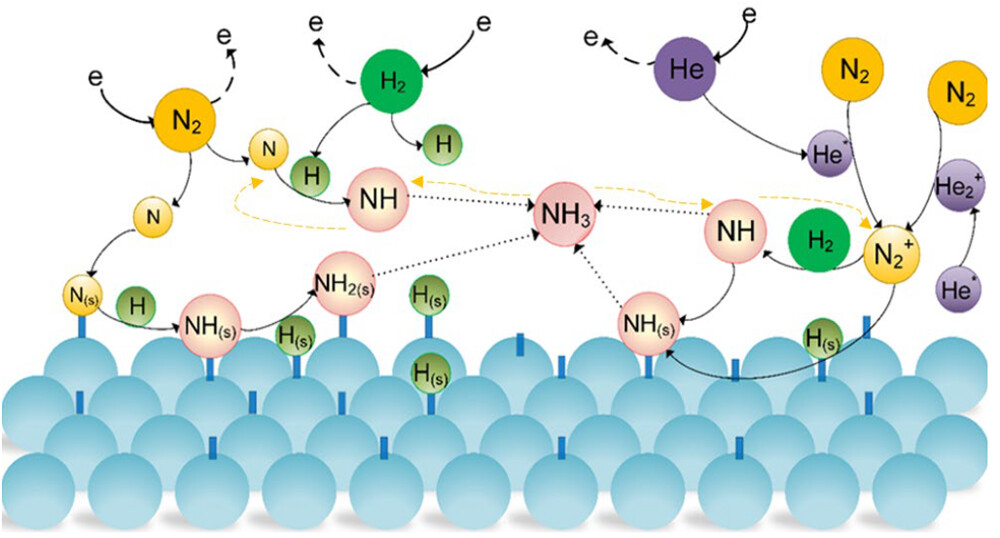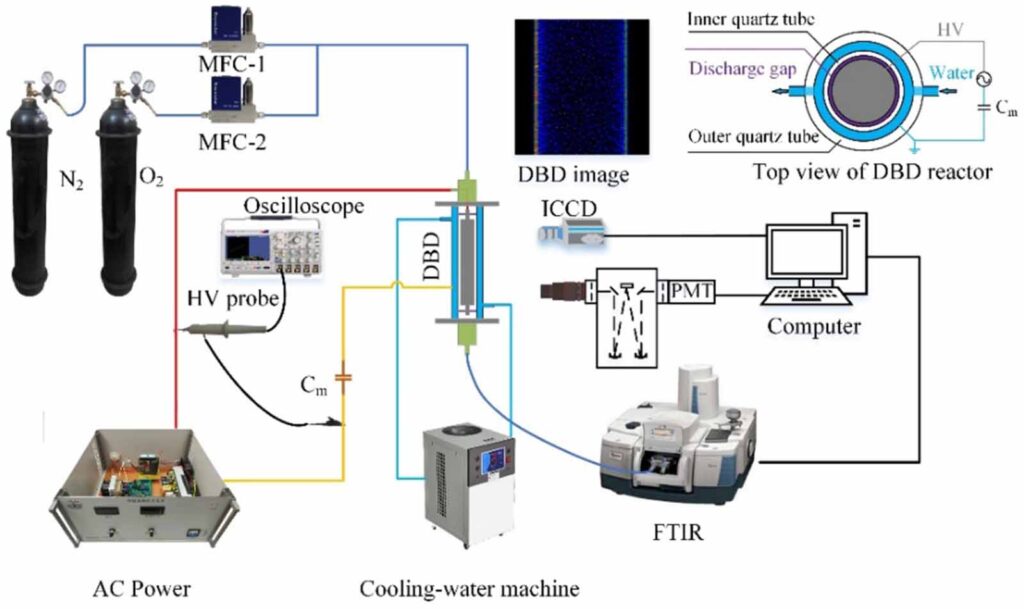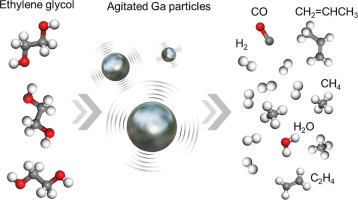Europe Leads the Global Green Fertilizer Market with the US Following Suit: Opportunities for Growth and Sustainability
This is wonderful news for the agriculture business! The worldwide green fertiliser market is expected to reach USD 3,332.26 million by 2030, increasing at a CAGR of 4.5% from 2023 to 2030, according to a new market research analysis released by Contrive Datum Insights. According to the research, Europe will continue to lead the worldwide […]

